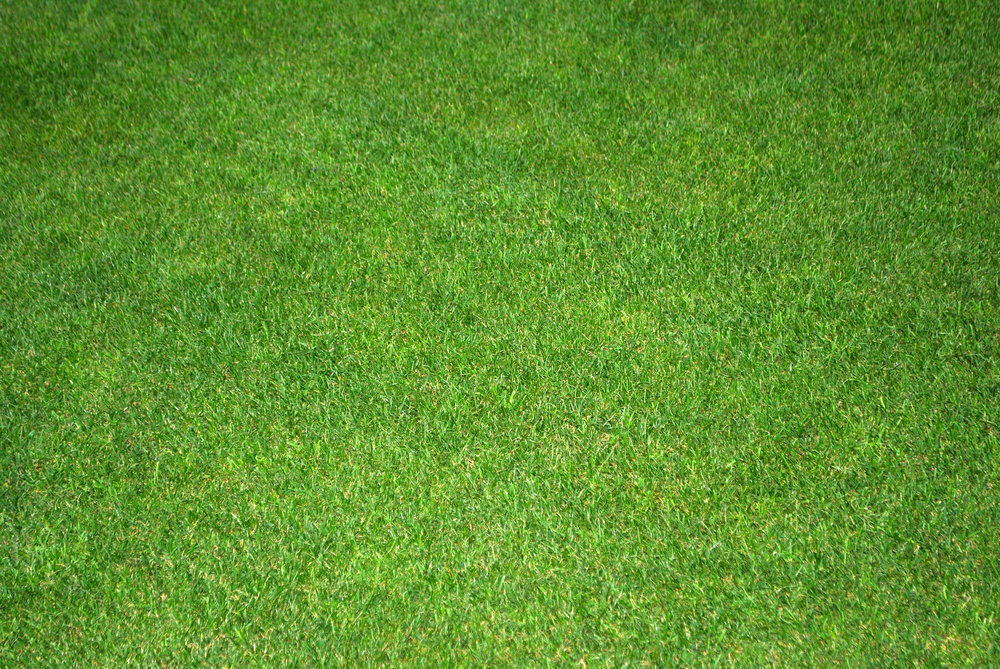 Preserving a cleanly trimmed lawn is one of the many joys of home ownership. Without regular upkeep, yards can spiral into a mess of weeds and knee-high grass that can seriously hurt a home’s curb appeal.
Preserving a cleanly trimmed lawn is one of the many joys of home ownership. Without regular upkeep, yards can spiral into a mess of weeds and knee-high grass that can seriously hurt a home’s curb appeal.
Quality H2o Before anything else, the first building block to a healthy lawn is watering it on a regular basis. On average, you should water your grass about three times a week. If possible, schedule the sprinklers to run in the morning so that the grass has sufficient time to dry.
Take those weeds down Dandelions, broadleaf plantains, prickly lettuce, and dozens of other species of weeds are renowned lawn invaders. Scan your lawn for these by following a visual weed identification guide. Once spotted, grab the gloves and garden shovel to unearth them by their roots. Another popular alternative is purchasing herbicides, which are scientifically designed to wipe out unruly patches of plants; before using, check the label to make sure it’s the right formula for your lawn and to check any potential health hazards.
Aerate After time, soil can become so tightly compact that it hinders a fluid distribution of water and fertilizer. A common technique to fight this is aeration, which essentially allows air to reach the soil in an efficient manner. Technically, there’s no tested best time to aerate a lawn; generally speaking, the best way to assess if a lawn should be aerated is if it’s recently faced a hefty amount of traffic from people walking over it. Aeration can be done on your own by renting an aerator or hiring a landscaping company to do it for you, whichever you prefer.
Routine mowing Keeping your lawn’s grass to a tamed length promotes a healthy, spick and span look. The frequency you mow, however, is unique for each lawn and is usually linked to a variety of factors. A helpful tip to gauge when it’s time to cut is following the standard rule of thumb of using no longer than a third of a mower’s leaf blade.
Fertilizer is key In order to facilitate continual long-term growth of your lawn, fertilizer should be applied during the growth stage of your grass. These stages vary with every species of grass and tend to occur at different seasons of the year; so, you will want to do some research to learn the beginning growth period in order to adequately schedule when to deploy the fertilizer. The reason fertilizer is such an important ingredient to a lawn’s development is the sheer amount of nutrients it packs - it fosters growth in plants and acts as a defensive agent against weeds.
References:
http://lifehacker.com/how-often-should-you-mow-a-growing-lawn-1226754116
http://www.familyhandyman.com/landscaping/lawn-care/how-to-achieve-a-healthy-lawn/view-all#step6
